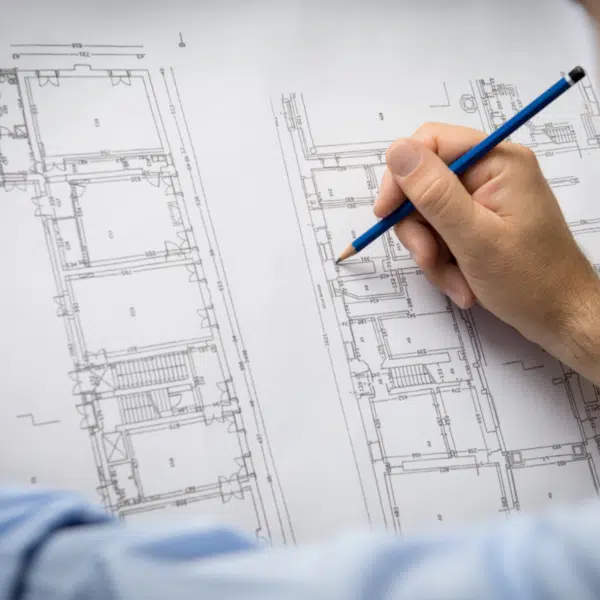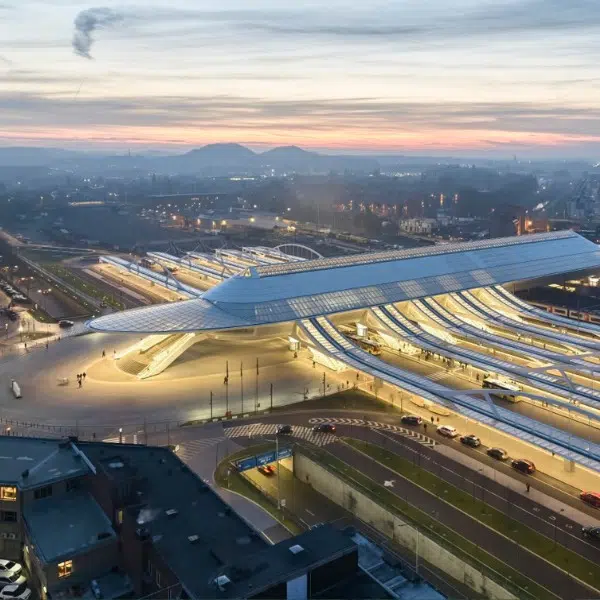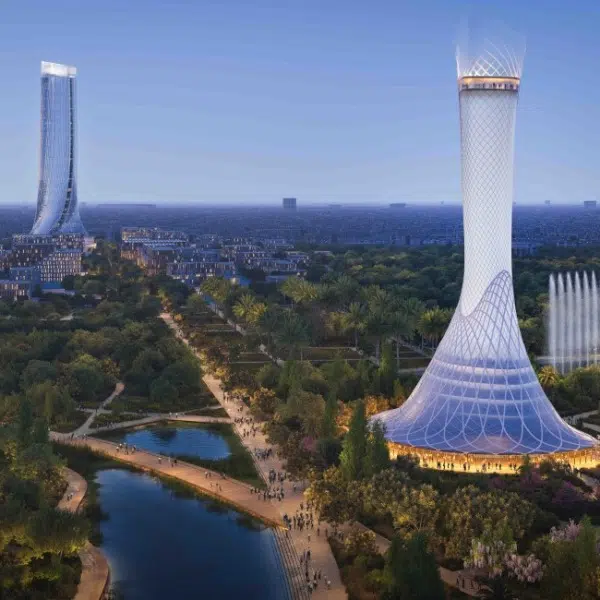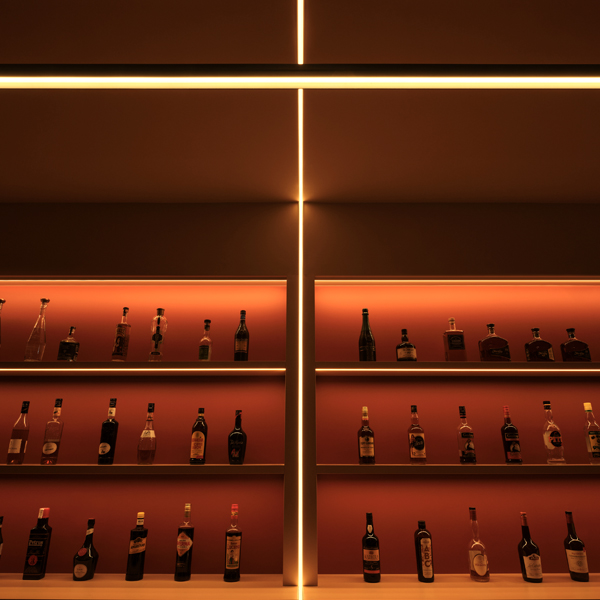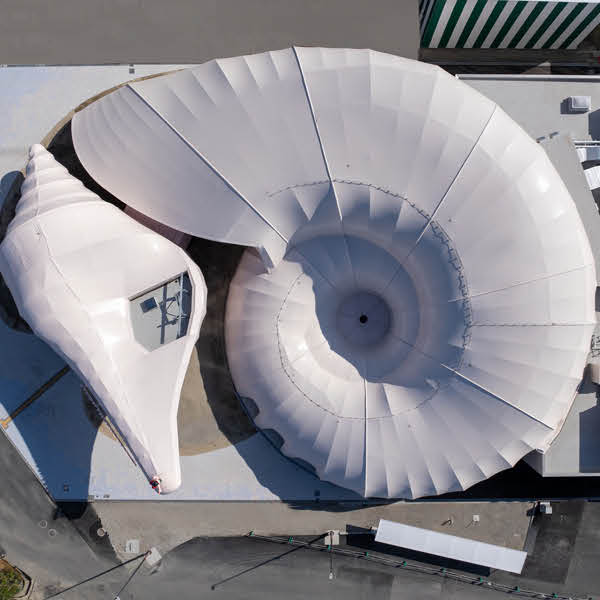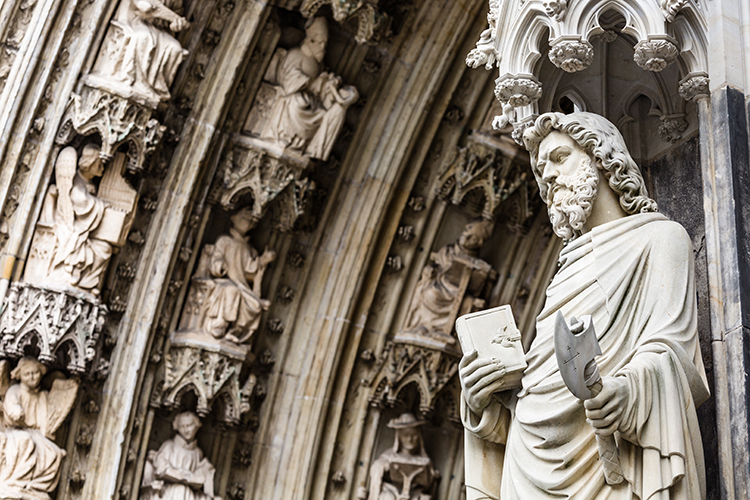
Detail of the exterior of Cologne Cathedral in Germany. (Photo: Stock Photos from CURIOSO PHOTOGRAPHY/Shutterstock)
The world is dotted with beautiful cathedrals. These spaces of Christian worship range from the medieval gothic flying buttresses of Notre Dame in Paris to the lofty concrete modernism of Metropolitan Cathedral of Brasília in Brazil.
Classically, a cathedral is a church that hosts the seat of a bishop, a church from which he leads his diocese. Many (but not all) are arranged in a cross pattern—a transept lies across a long nave containing aisles. A large cathedral typically contains a main altar in the apse (end of the nave) as well as multiple chapels alongside the nave or the ambulatory which surrounds the apse. Whether you are hoping to spend some time in prayer or examine impressive vaulted ceilings, cathedrals make both beautiful and spiritual destinations for travelers.
Scroll down for some of the most beautiful cathedrals around the world.
Saint Basil's Cathedral in Moscow, Russia
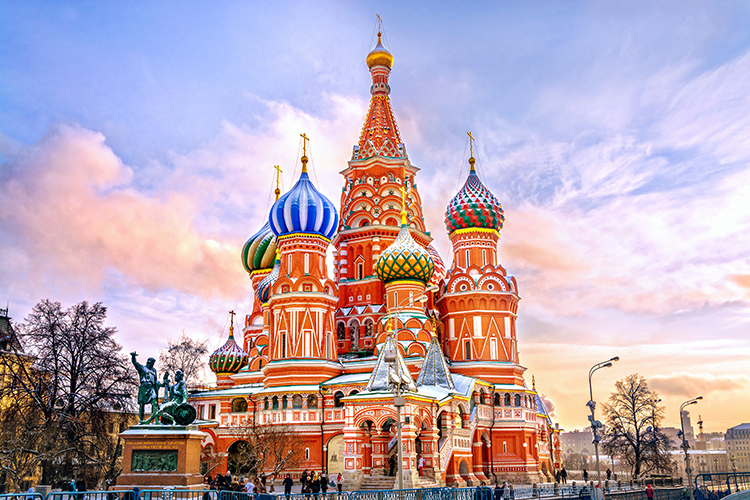
Saint Basils Cathedral in Moscow. (Photo: Stock Photos from MARINAD_37/Shutterstock)
Also called the Cathedral of Vasily the Blessed, construction on the cathedral began in 1555 under the tsar Ivan the Terrible. Today, the building sits on the Red Square in Moscow. Since the early Bolshevik years, the space has not been used as a regular religious site; it was lucky to escape the urban-planning whims of Stalin in the 1930s. Today, the colorful spires house a museum—although occasional Russian Orthodox services are still sometimes held inside.
Notre Dame Cathedral de Reims in Reims, France
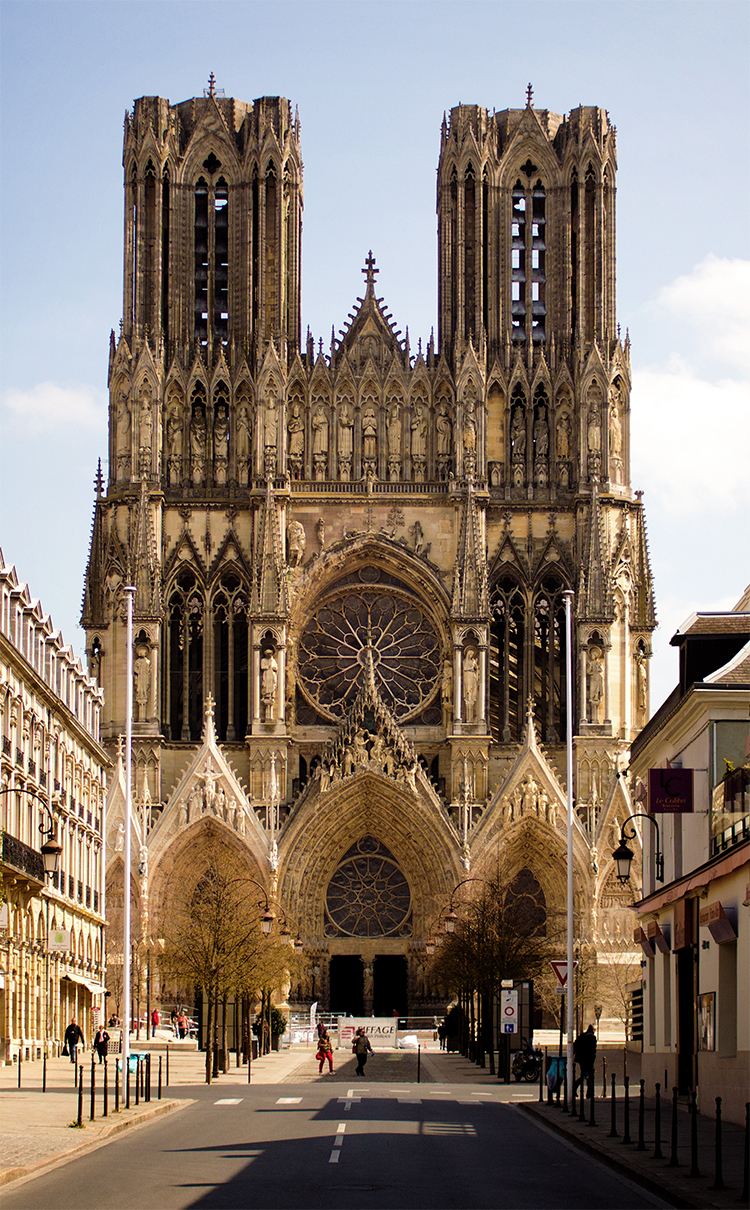
Notre Dame Cathedral of Reims, in Reims. (Photo: Johan Bakker via Wikimedia Commons [CC BY-SA 3.0])
The Duomo di Milano in Milan, Italy

The Duomo di Milano, or the Milan Cathedral in Milan, Italy. Prepared for the coronation of Ferdinando I of Austria, by Alessandro Sanquirico, sometime before 1833. (Photo: Wikimedia Commons [Public domain])
Metropolitan Cathedral of Brasília, in Brasília, Brazil

Metropolitan Cathedral of Brasília, in Brasília, Brazil. (Photo: Albery Santini Júnior via Wikimedia Commons [CC BY-SA 4.0])
Notre Dame de Paris, in Paris, France
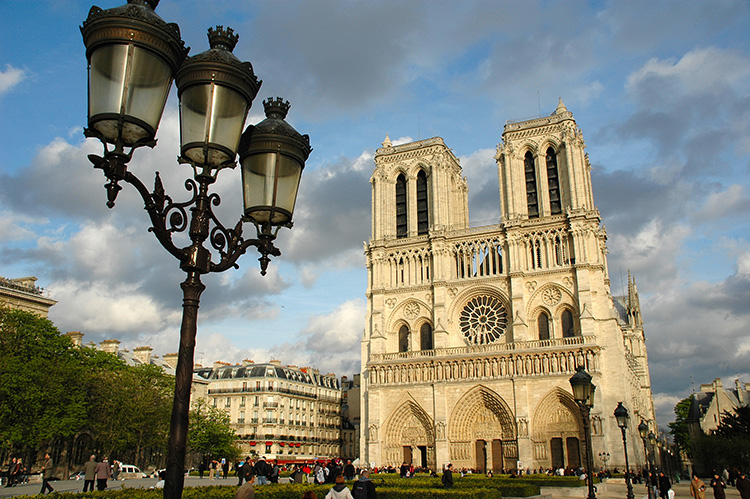
Notre Dame de Paris, in Paris, France. (Photo:
GuidoR via Wikimedia Commons [CC BY-SA 3.0])
Notre Dame has long haunted the work of artists and writers—Victor Hugo's The Hunchback of Notre Dame has captivated generations, while Matisse and Hopper sat below its gargoyles to paint the facade.
Seville Cathedral, in Seville, Spain

View of vaulted ceilings in Seville Cathedral, in Seville, Spain. (Photo: Wikimedia Commons [CC BY 3.0])
St. Paul's Cathedral in London, England

St. Paul's Cathedral in London, the view over the Thames River, by il Canaletto, 1746-7. (Photo: Ablakok via Wikimedia Commons [CC BY-SA 4.0])
Mexico City Metropolitan Cathedral in Mexico City, Mexico
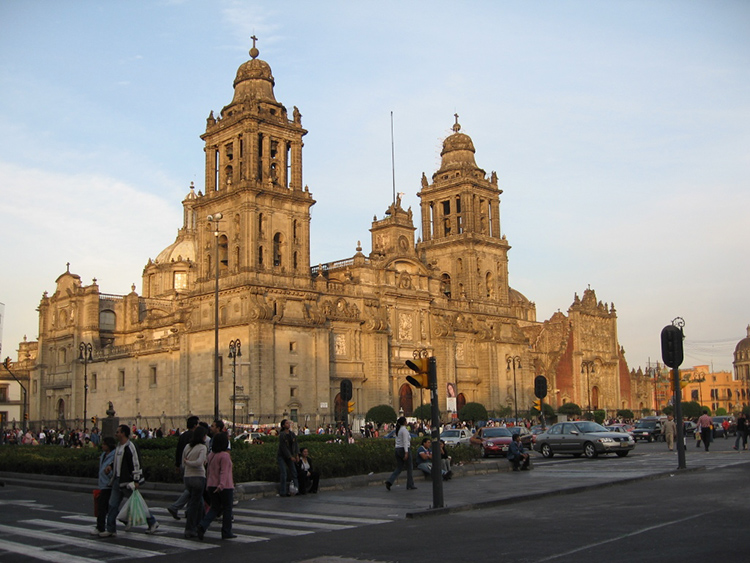
Metropolitan Cathedral of the Assumption of the Most Blessed Virgin Mary into Heaven in Mexico City, Mexico. (Photo: Wikimedia Commons [Public domain])
In 2007, a box hidden in 1742 was discovered in one of the towers. The box was found inside a hollow stone ball and contained religious talismans to protect the church. There are plans to place another time capsule to be left for future generations.
Cathedral-Basilica of Notre-Dame de Québec in Quebec City, Canada

Cathedral-Basilica of Notre-Dame de Québec in Quebec City, Canada. (Photo: Stock Photos from JAMES JIRAPHANUMES/Shutterstock)
The first cathedral built on the site was a 17th-century building that was later burnt during the Battle of Quebec during the 7 Years' War. The present structure dates to the late-18th century rebuilding efforts; the facade is a 19th-century neo-classical addition. The church lies in Old Quebec City, the only present-day walled city in the Americas, and it has long been an important pilgrimage destination. Visitors can also hope to see a chalice given as a gift by Louis XIV of France.
Winchester Cathedral in Hampshire, England
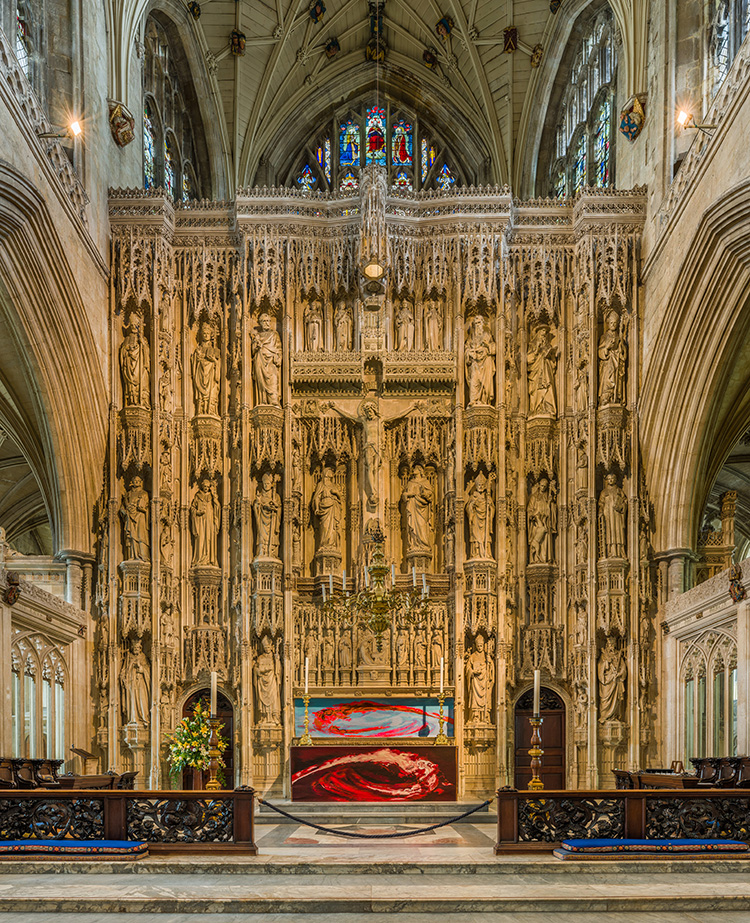
View of the High Altar at Winchester Cathedral in Hampshire, England. (Photo: Diliff via Wikimedia Commons [CC BY-SA 3.0])
Cathedral Saint Alexander Nevsky in Sofia, Bulgaria

Cathedral Saint Alexander Nevsky in Sofia, Bulgaria. (Photo: Deensel via Wikimedia Commons [CC BY 2.0])
Cathedral of Santiago de Compostela in Santiago de Compostela, Galicia, Spain
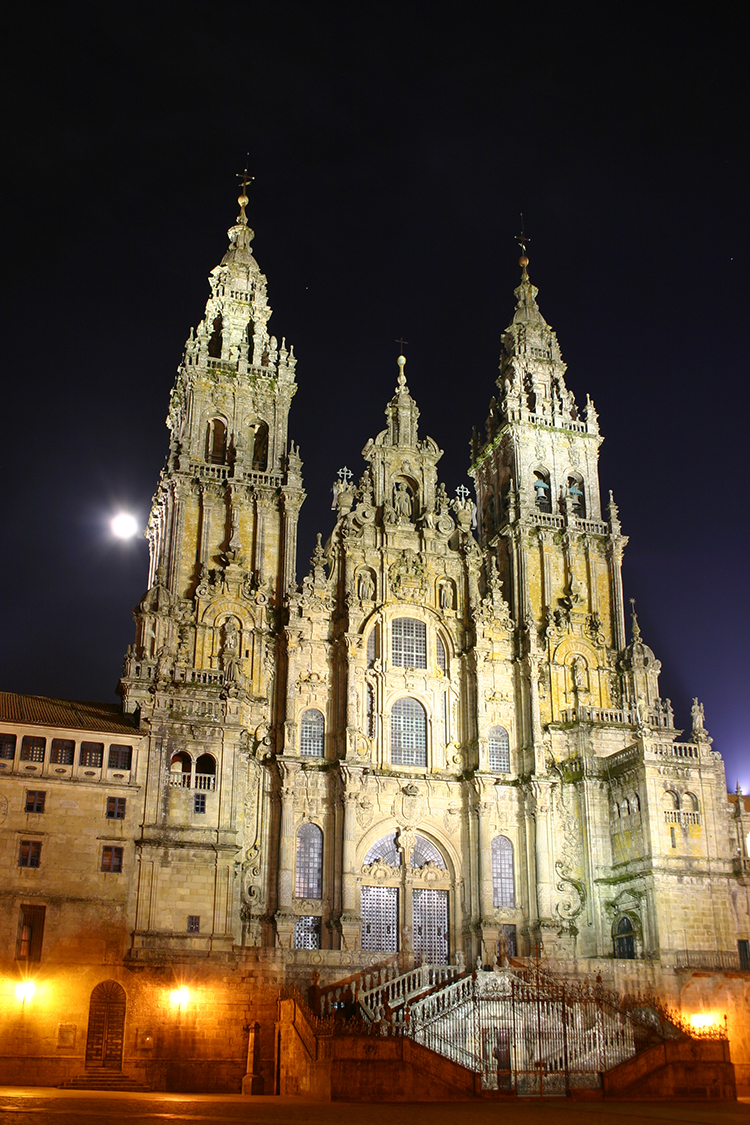
Cathedral of Santiago de Compostela in Santiago de Compostela, Galicia, Spain. (Photo: Yearofthedragon via Wikimedia Commons [CC BY-SA 3.0])
Washington National Cathedral in Washington, DC, USA

Washington National Cathedral in Washington, DC, USA. (Photo: Stock Photos from ORHAN CAM/Shutterstock)
This modern cathedral was built in the early 20th century in neo-gothic style. The facade is reminiscent of Notre Dame de Paris with the dual towers. Under the Episcopal denomination, the church has hosted the funerals of four presidents and the late Senator John McCain, among other notable figures.
In 1968, Reverand Martin Luther King, Jr. gave his final Sunday sermon from the pulpit; in World War II, monthly services were held as part of a spiritual effort to boost morale.
Cologne Cathedral in Cologne, Germany
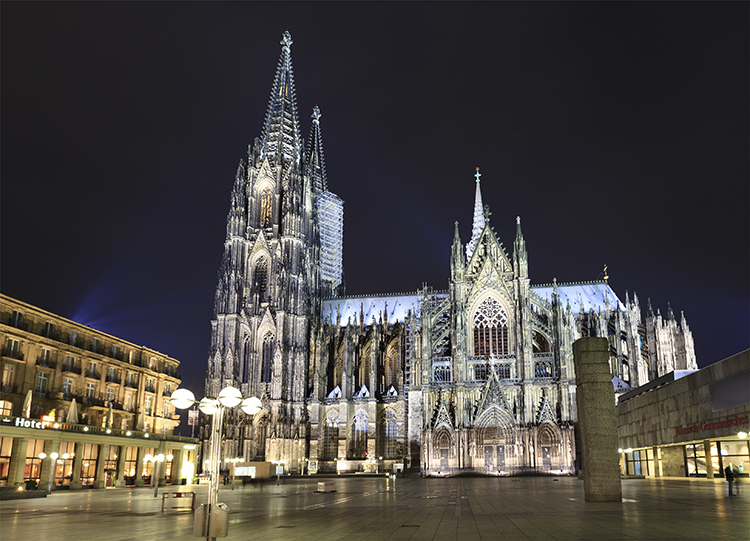
Cologne Cathedral in Cologne, Germany. (Photo: Stock Photos from NICKOLAYV/Shutterstock)
This World Heritage Site was begun in 1248 but not completed until 1880, although the gothic style was used throughout. A Catholic church still in use, the structure suffered from Allied bombing in World War II. Its magnificent flying buttresses, dark carved stone exterior, and lavish treasury of gold and silver are major tourist draws. Visitors will find the golden Shrine of the Three Kings, one of the largest Christian reliquaries.
Papal Basilica of Saint Peter in the Vatican, Vatican City
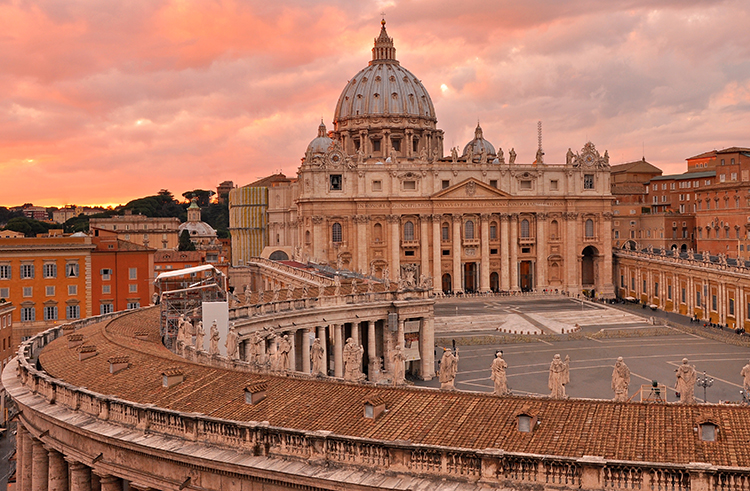
Papal Basilica of Saint Peter in the Vatican, Vatican City. (Photo: Stock Photos from FELIKS/Shutterstock)
Christ called Saint Peter the rock upon which he would build his church; as such, St. Peter's is considered by many as of the holiest sites in Christendom. The Tomb of St. Peter lies under the high altar, and a church has stood on the site since the Christian conversion of Rome. The current domed basilica dates to the 16th century. The interior includes furnishings by Bernini, while the building's dome was largely designed by Michelangelo in the last years of his life. The magnificent St. Peter's Square upon which the basilica sits was also designed by Bernini and fills to the brim with the faithful for enormous Papal audiences.
It should be noted that technically, St. Peter's is not a cathedral as it has no bishop.
Related Articles:
5 Fascinating Facts About Saint Basil’s Cathedral, the Cultural Gem of Moscow
The Enchanting History of Notre-Dame Cathedral’s Famous Gargoyles
How Marble Sculptures Have Inspired Artists and Captivated Audiences for Millenia
These Drawings of Europe’s Most Beautiful Churches Are Tiny But Packed With Details













































































